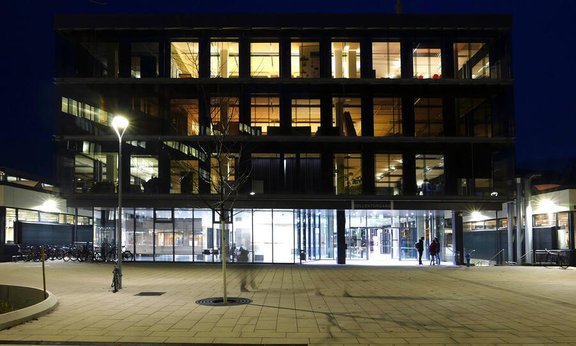
Fakultät
Organisation, Institute, Arbeitsgruppen, Gremien, offene Stellen …
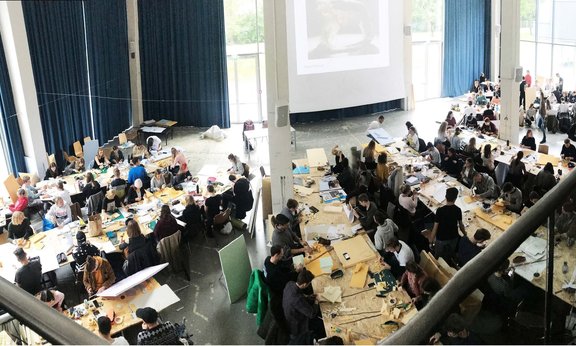
Studium
Informationen zum Bachelor-, Master- und PhD-Studium Architektur im laufenden Semester
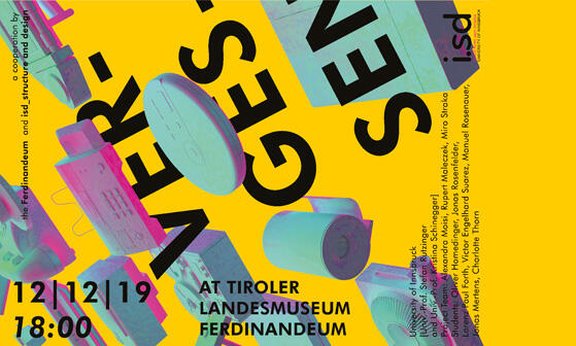
Aktuelles
Projekte, Veranstaltungen, Ausstellungen …
Institute und Arbeitsgruppen

Architekturtheorie
Institut für Architekturtheorie und Baugeschichte

Baugeschichte
Institut für Architekturtheorie und Baugeschichte

Gestaltung 1
Institut für Gestaltung
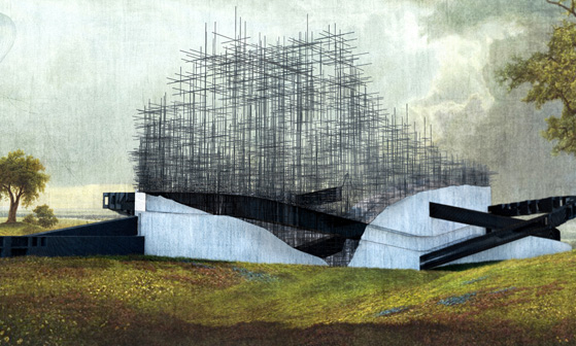
Studio 2
Institut für Gestaltung
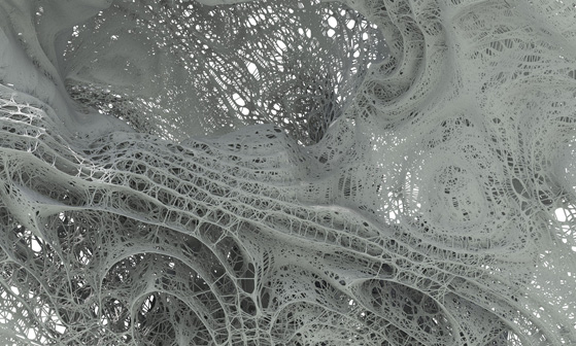
Konstruktion und Gestaltung (i.sd)
Institut für Gestaltung

Leichtbau (LS.U)
Institut für Gestaltung

Integrative/s Design
Institut für Experimentelle Architektur

./studio3
Institut für Experimentelle Architektur

Hochbau
Institut für Experimentelle Architektur
Gruppe Colletti

Hochbau
Institut für Experimentelle Architektur
Gruppe Schmidbaur

Städtebau (ioud)
Institut für Städtebau und Raumplanung
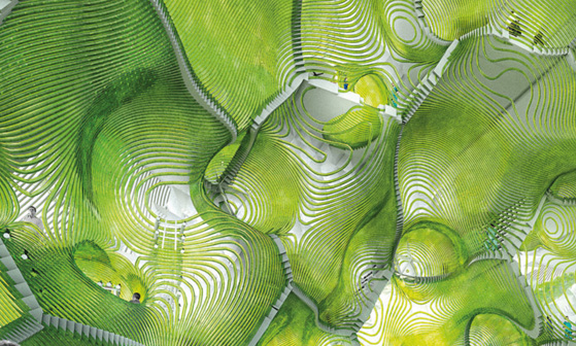
Landscape Architecture
Institut für Städtebau und Raumplanung
Dekan
Univ.-Prof. Dipl.-Ing. Dr. Peter TRUMMER, MSc
Studiendekanin
Univ.-Prof. Dipl.-Ing. Karolin SCHMIDBAUR
Kontakt
Fakultät für Architektur
Institute: Technikerstraße 21
Dekanat: Technikerstraße 15
A-6020 Innsbruck
+43 512 507-30282
dekanat-architektur@uibk.ac.at





